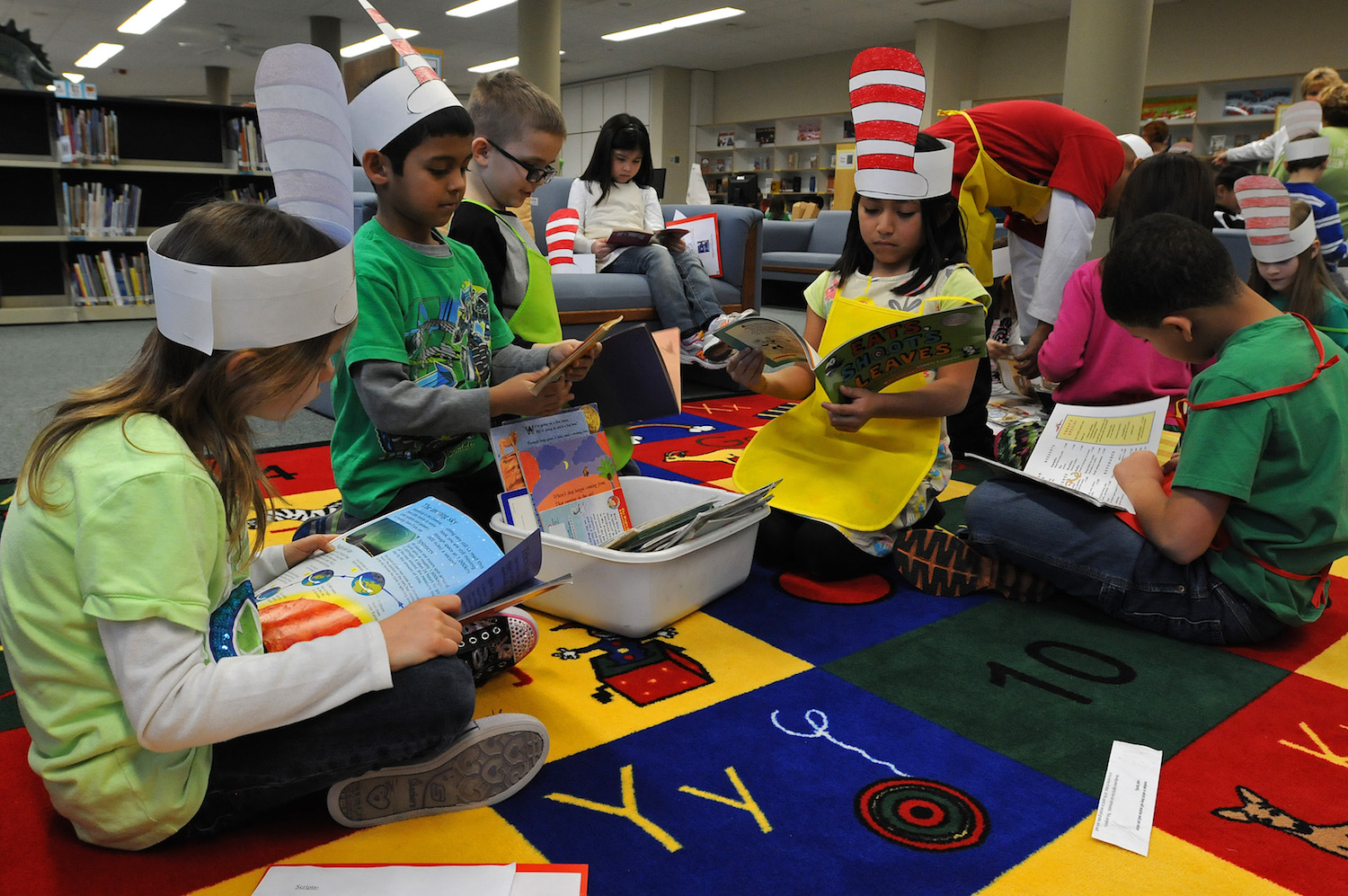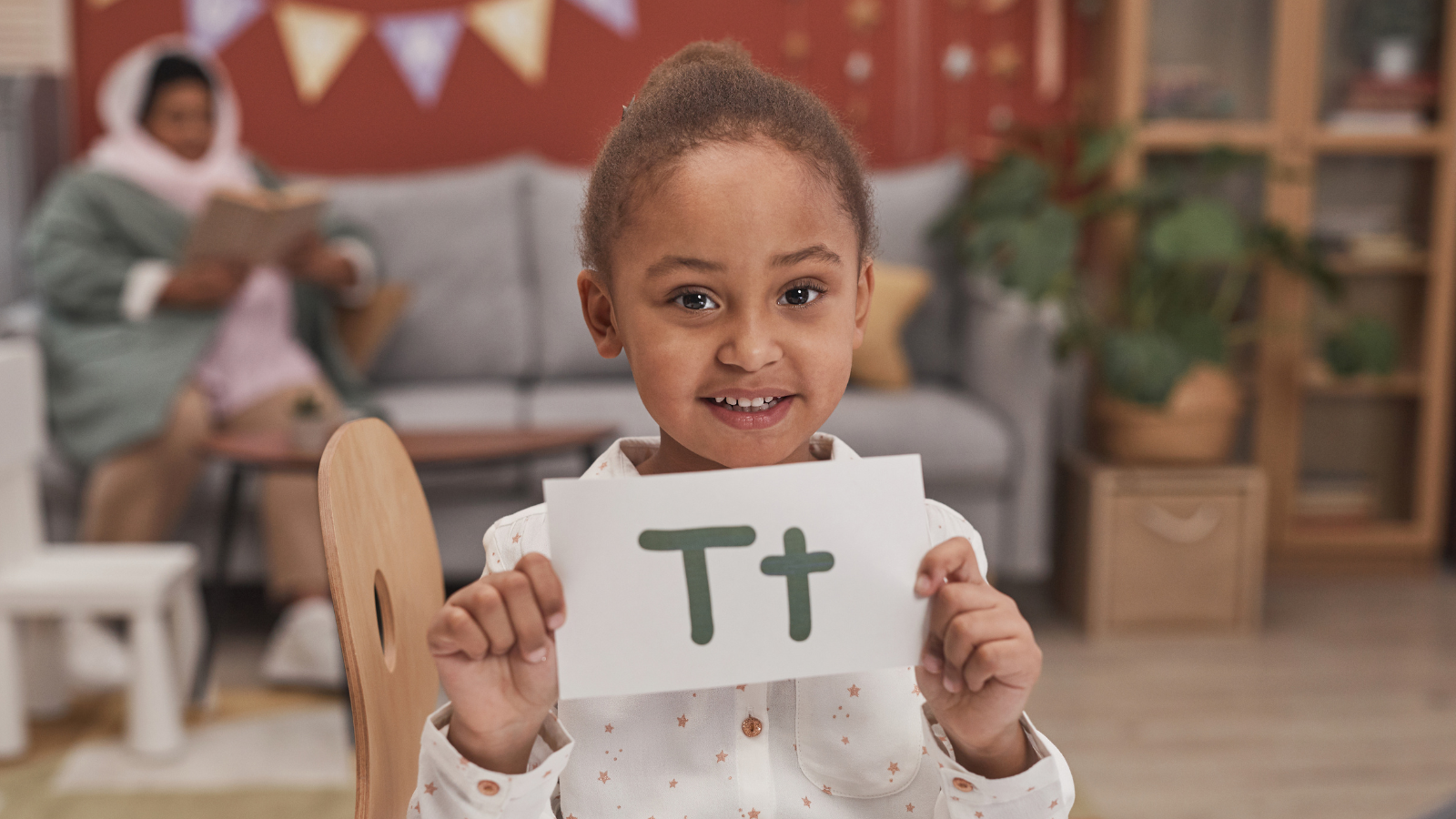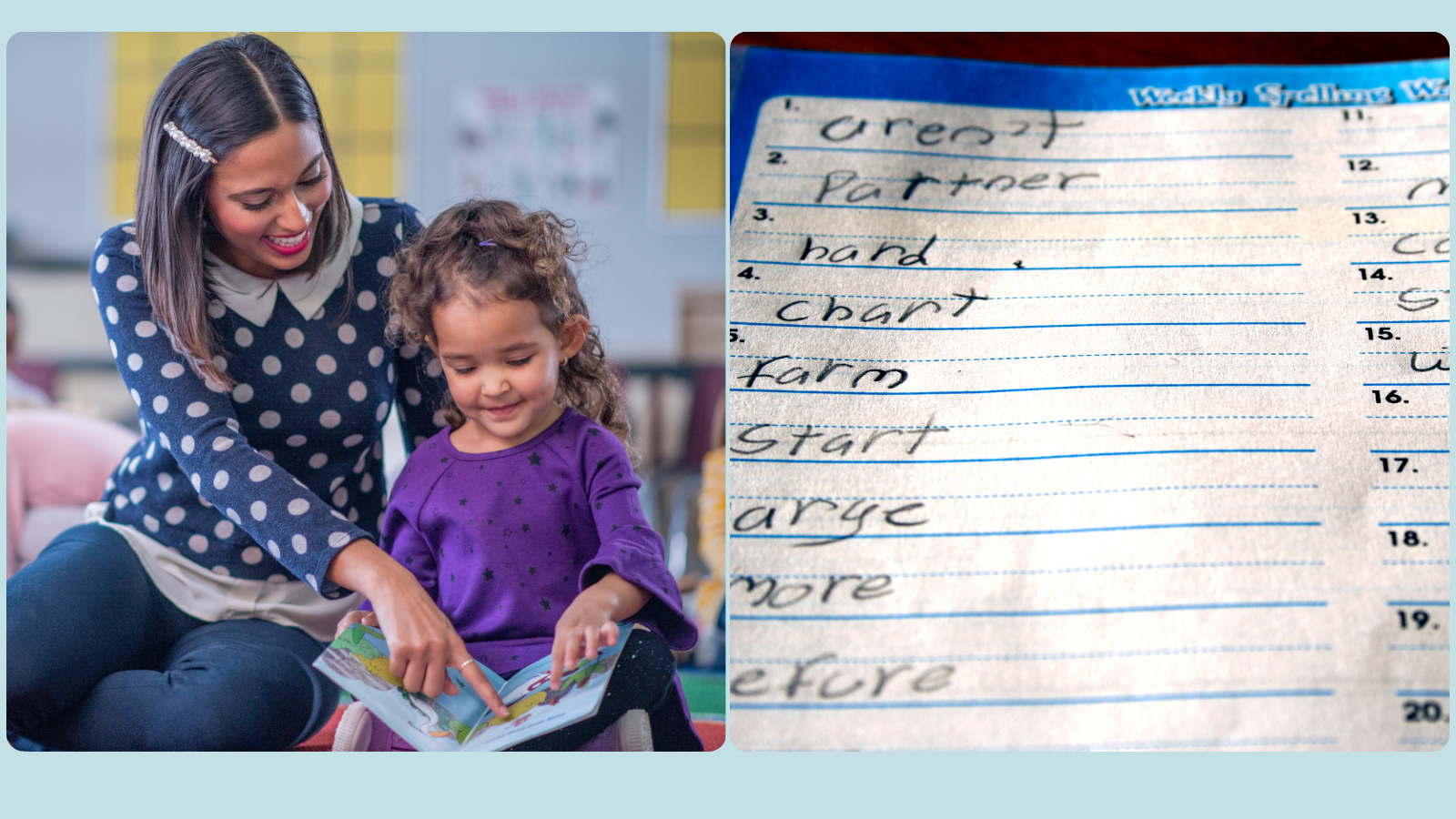Yes to the Phonics Screening Check: my ‘Why’ in 10 points
A few readers have asked for my views on the proposed Phonics Screening Check for all Year 1 students in Australia.
I’m against testing kids for testing’s sake. I know many overworked, and under-resourced teachers oppose the check for a range of reasons. For experienced teachers who have been trained in evidence-based reading instruction methods, the screener may not tell them much they don’t already know. I know that many parents are worried about yet another “high stakes test”. (Some have even referred to the test as a “mini-NAPLAN”.)
On this website over the years, I’ve reviewed and summarised over 300 peer-reviewed articles on language and literacy. Six days a week, I work with children, teens and adults with reading difficulties.
And, because of this work, I’m all for the Phonics Screening Check.
Here’s why:
- Far too many kids and adults in Australia can’t read. Roughly a quarter of Australian Year 4 children are below the expected standard in reading; and 7% performed “extremely poorly” (ACER, 2012). 43.7% of adults lack functional literacy skills (ABS, 2009). Millions of Australians have insufficient language, literacy and numeracy skills to benefit from training or to participate effectively at work (ISCA, 2011).
- Unlike spoken language (which is biologically natural), reading is unnatural. Everyone needs to learn how to do it. Kids need to be taught it. Many parents – especially parents from disadvantaged backgrounds who can’t afford tutors, educational psychologists, or speech pathologists – rely on teachers to teach their kids.
- For our kids to read English words, they need to crack the alphabetic code. Kids need to link speech sounds to letters (e.g. Byrne, 1998). They need to “decode” words written on a page or screen into spoken words made up of speech sounds.
- Teaching phonics to kids means teaching them to link speech sounds to letters and letter combinations. It also means teaching them to apply this knowledge to reading and spelling (Ehri et al., 2001). This includes decoding written words into speech sounds and blending the speech sounds together to read (e.g. “grand” = /g/-/r/-/ae/-/n/-/d/ = spoken word /graend/). It also means segmenting spoken words into separate speech sounds and “encoding” them into letters to spell (e.g. spoken word /graend/ = the letters g-r-a-n-d = the written word “grand”).
- So far, the highest level of research evidence published in peer-reviewed, independent, scientific journals tells us – consistently – that teaching kids phonics – specifically synthetic phonics – is the best way to teach kids how to read (e.g. Galuschka et al., 2014, McArthur et al., 2012, Torgerson et al., 2006, National Reading Panel, 2000).
- Kids need to understand what they read. That’s the whole point of reading. But phonics/decoding problems can be a bottleneck for the development of reading comprehension skills. Even fairly small gains in decoding skills for poor readers can have big positive effects on reading comprehension (Lervåg et al., 2017).
- Despite the research evidence – and for lots of different reasons – many kids have not learned phonics. In our clinic, every week, I assess kids – including kids in Years 2, 3, 4, 5, 6 and even high school – who have yet to crack the alphabet code: kids who can’t tell me what sound(s) are linked to even basic letters and letter combinations like “a”, “e”, “i”, “o”, “u”, “g”, “l”, “sh”, “ch”, “th”, and “qu”, much less more difficult combinations like “ph”, “gn”, “ay”, “oi”, “eigh”, “igh” or “ough”. Instead, many kids seem to have been taught to memorise lists of words – many of which are decodable. Others seem to have been taught to guess words based on the first letter or word shape or “context”. More than a few can’t read without pictures to help them guess at what’s happening. These ‘strategies’ – which are not based on evidence – might get kids through Kindergarten. But they often fail to work when the game changes from learning to read, to reading to learn.
- It’s upsetting for parents – and for me! – when I meet kids in Year 3 or older who don’t know how to translate letters into sounds, and to blend sounds together to read words. Why? Because, by Year 3, a kid’s reading performance compared to his or her peers becomes fairly fixed and a good predictor of his/her later academic outcomes (e.g. Spira et al., 2005).
- In this context, it’s vital that we pick up kids who can’t decode words using phonics as soon as possible, including those kids who might look like good readers but are actually using guessing strategies (like pictures or word shapes) to mask their difficulties “decoding” written words into speech sounds.
- The proposed phonics check is based on the UK phonics screening check. Studies on the UK phonics check have found that it “is a highly valid measure of children’s phonic skills”; and “a valid instrument for measuring word-level reading ability and sensitive in identifying children at risk of a reading difficulty”, although (as the authors’ note) this needs to be followed up with more studies (Duff et al., 2015).
Clinical bottom line
I support the proposed Year 1 Phonics Screening Check because screening phonics skills:
- will help pick up kids who have reading difficulties or who are at risk of later reading difficulties; and
- needs to be done when there is time to help kids at risk – well before Year 3.
As the son of two former teachers, I’m a big supporter of teachers. I understand the challenges teachers face at the coal face. I’ve never met a teacher who doesn’t want the best reading outcomes for their students. I also understand concerns about whether the check is a good use of time and resources.
Although a good start, the screening check is just a check. It won’t make a difference unless the kids picked up by the check get the extra help they need. If we want to change our appalling literacy levels, student teachers and teachers need good quality resources, training and support to learn and implement evidence-based reading assessment and instruction, especially for kids with or at risk for reading difficulties.
Principal source: Duff, F.J., Mengoni, S.E., Bailey, A.M., & Snowling, M.J. (2015). Validity and sensitivity of the phonics screening check: implications for practice. Journal of Research in Reading, 38(2), 109-123.
Read more:
- Senator Simon Birmingham, Minister for Education and Training, Report highlights need for action on Year 1 literacy, numeracy checks.
- Australian Government, Department of Education and Training, National Year 1 Literacy and Numeracy Check (Year 1 check): Expert Advisory Panel Key Findings and Recommendations.
Recommended reading:
- Professor Pamela Snow: The story of an ugly duckling. Aka Phonics Check Furphies.
Related articles:
- Is your child struggling to read? Here’s what works
- How to find out if your child has a reading problem (and how to choose the right treatment approach)
- Teaching the alphabet to your child? Here’s what you need to know
- “I don’t understand what I’m reading” – reading comprehension problems (and what to do about them)
- My loved one has reading problems. Where can I find evidence-based answers to get help? Free eBook
Image: http://tinyurl.com/yb52ehnv

Hi there, I’m David Kinnane.
Principal Speech Pathologist, Banter Speech & Language
Our talented team of certified practising speech pathologists provide unhurried, personalised and evidence-based speech pathology care to children and adults in the Inner West of Sydney and beyond, both in our clinic and via telehealth.








